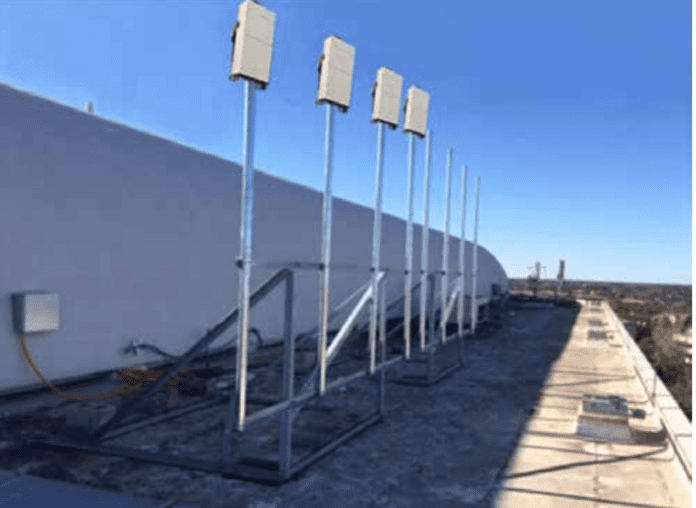‘Convenience is the clear advantage’
U.S. consumers are primed to accept Fixed Wireless Access service as a primary connectivity option, and those who have it don’t intent to switch any time soon, according to a new report from Ericsson’s Consumer Lab.
Of U.S. households which adopted FWA service in the past year, 5G FWA has become the primary connectivity for nearly three-quarters of them—and fewer than 1 in 10 say that they would consider terminating their subscription within a year. Ericsson found that overall, network satisfaction levels among 5G FWA users were “almost on-par” with fiber subscribers, and that the highest levels of 5G FWA network satisfaction were found among residents of metropolitan areas and of rural towns and villages.
Ericsson’s report is part of a “household view” study of FWA across 19 countries and 370 million households. In the U.S., the company surveyed 2,000 representative households across the country in the fall of 2023 and interviewed 500 active FWA users. The results of the survey led to the survey conclusion that U.S. consumers are “primed to make 5G FWA
a preferred type of connectivity.”
As a baseline, the Ericsson survey found that 76% of U.S. households believe they have fixed broadband today and 66% were satisfied with their current home connectivity. Compared to fiber subscribers, 5G FWA subscribers reported higher loyalty, slightly higher costs, and only small differences in perceived performance and other network performance attributes. However, survey participants rated 4G-based FWA below both 5G FWA and fiber in nearly all of its qualities.
Performance and price of FWA services were rated as the most important factors for consumers, but convenience of the service was a consideration for consumers as well.
“Convenience is the clear advantage of FWA,” the Ericsson Consumer Lab concluded in the report. “A common sentiment echoed by households that have or plan to acquire FWA was the appeal of FWA as a convenient solution. … Households mostly interested in FWA put relatively more focus on convenience-based attributes such as ease of installation, flexible contracts and customizable packages.”
The biggest barrier for FWA adoption? Lack of awareness, according to the survey. Half of U.S. households don’t know about FWA as a technology, and of those who know about it, one in five don’t know of a provider who offers the service.
The survey also said there’s no single, simple strategy for carriers to approach the FWA market. “There is no one guaranteed way to capture the growth potential as indicated by the interest from households,”the Ericsson Consumer Lab said, recommending that service providers take a “localized” and “balanced” approach that takes into consideration households’ connectivity needs and keep value, convenience and customized offerings in mind.
FWA services overall are proving to be solid earners and adoption is growing, per carrier quarterly results this week. Verizon broke out its FWA revenues for the first time when it reported Q1 earnings this week. The carrier said that its FWA revenue during the first quarter was $452 million—an increase of $197 million compared to the same time last year. Verizon added 203,000 FWA customers, with 203,000 coming from Consumer and Verizon Business seeing FWA adds of 151,000, its best quarterly results to date. Verizon is also currently testing the use of millimeter-wave spectrum to use FWA to serve multi-dwelling units so that it can offer FWA to more customers.
Meanwhile, AT&T has made clear that it only plans to use FWA in a targeted fashion, particularly as a transition tool in areas where it is shutting down legacy networks and where customers might leave the company entirely. AT&T reported that during the first quarter of this year, it added 110,000 new FWA subscribers to end the quarter with a FWA customer base of 200,000. CFO Pascal Desroches said on the quarterly call that the telco is also “pleased with early demand for AT&T Internet Air for business,” which is expected to benefit AT&T in the second half of the year.

